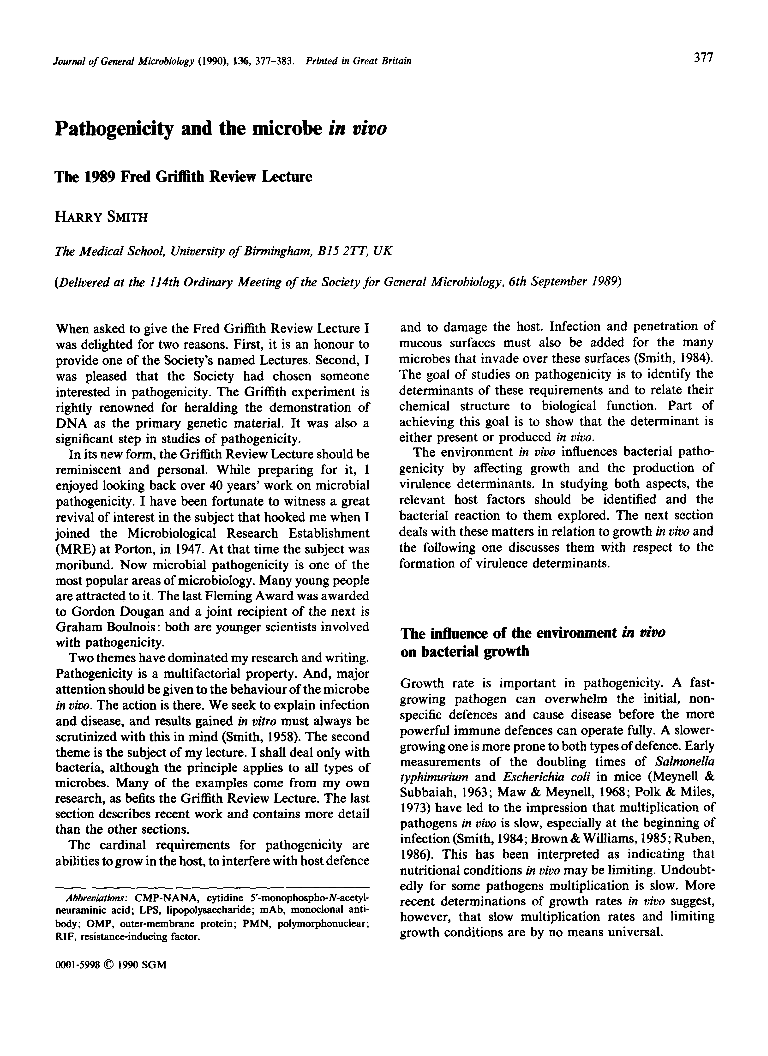
Full text loading...

Pathogenicity and the Microbe in vivo: The 1989 Fred Griffith Review Lecture, Page 1 of 1
< Previous page | Next page > /docserver/preview/fulltext/micro/136/3/mic-136-3-377-1.gif
There is no abstract available.

Article metrics loading...

Full text loading...
References


Data & Media loading...
